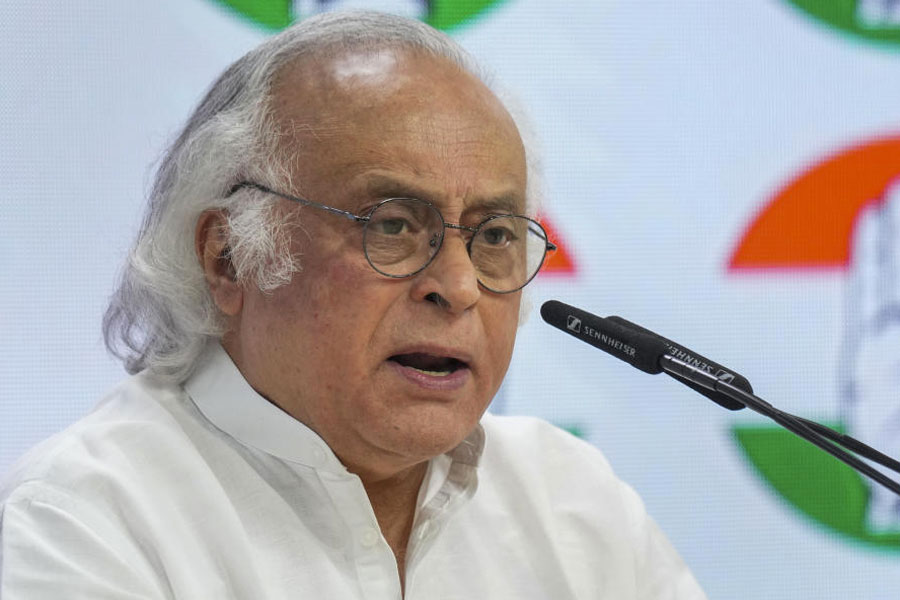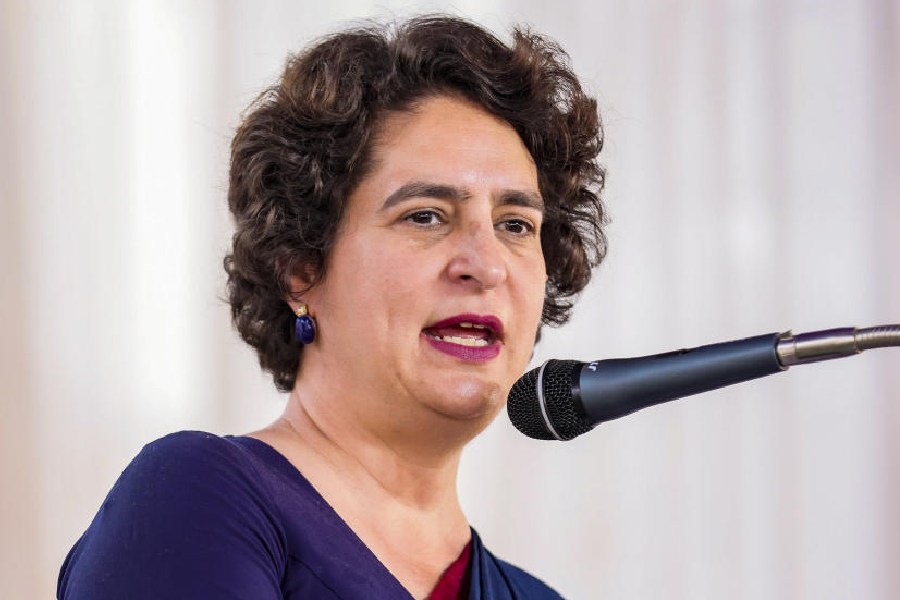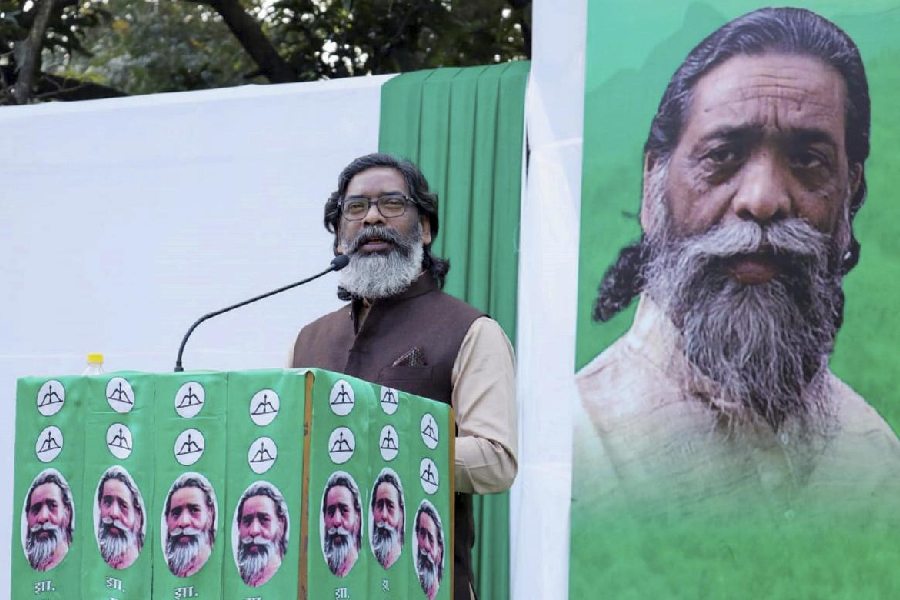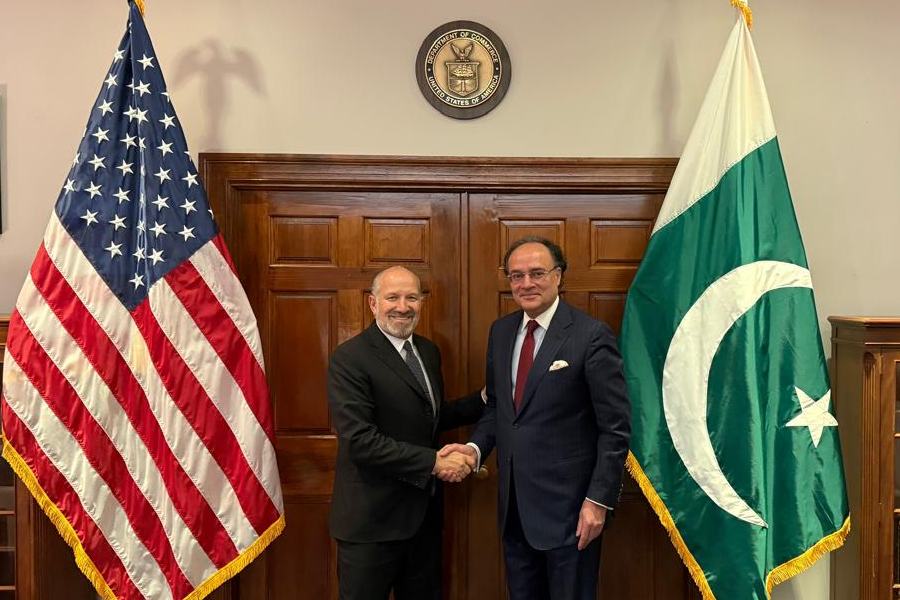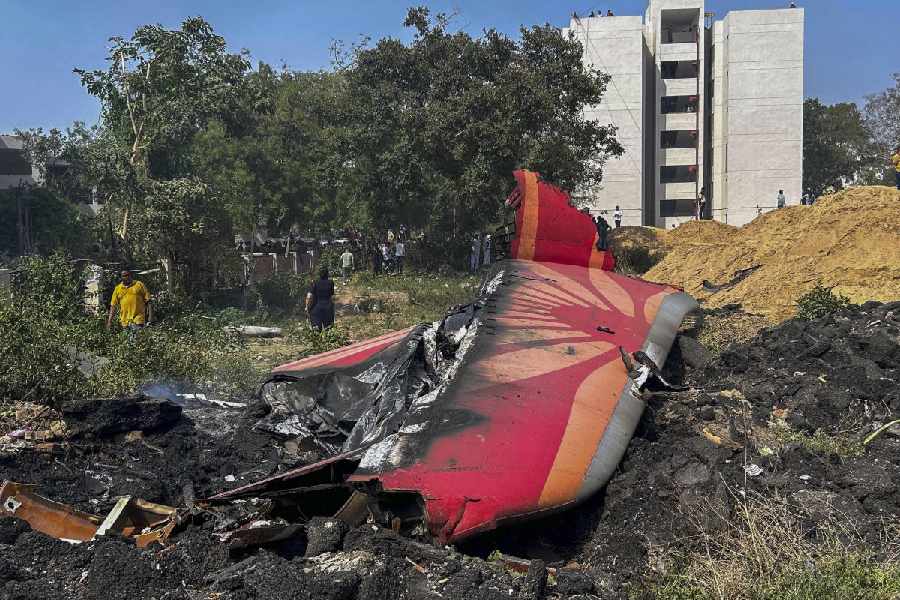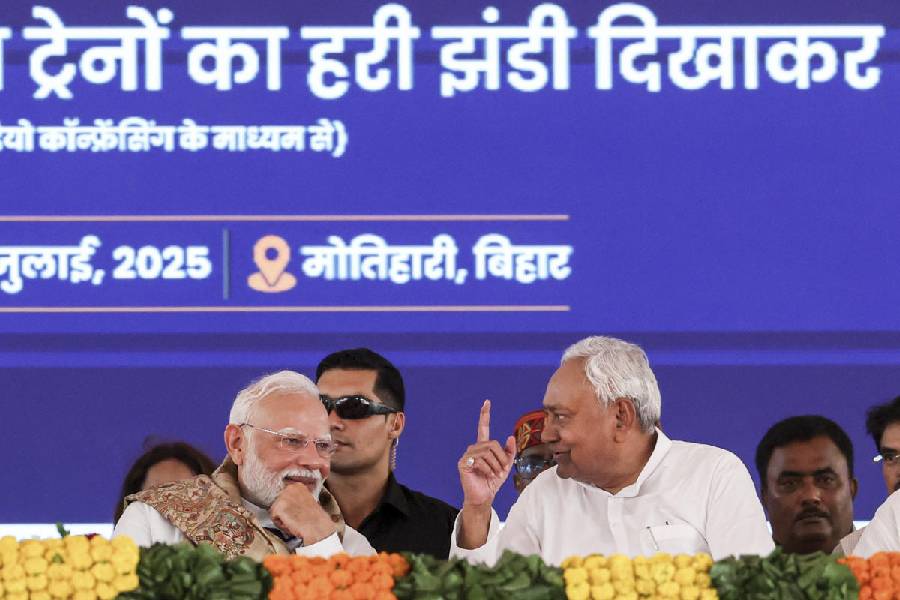 |
My dream is to fly
Over a rainbow so high …
Yes Larock’s lyrics may be fairly recent, but the flying dream is nothing new. It all started with Icarus (who knows it might have even been earlier) and we still haven’t given up trying to get ourselves newer and better wings. While a private jet is a distant dream (unless you’re a super-rich industrialist’s wife with your birthday hovering very near, sigh, sigh), you don’t have to settle for a folded paper plane any more.
Welcome to the world of microlight flying. This is the latest flying sport quickly catching on in India — and the best part is that you can even afford to get your toy without having to fork out the GDP of a small underdeveloped nation.
For the price of a luxury car, you can have your own aircraft. So read on to get your facts right before you set out to get your own pair of wings. But remember, no flying over the rainbow.
Cool crafts
 |
 |
 |
 |
So what is a microlight, you may well ask. Well, a microlight aircraft is basically a single-seater or a two-seater aircraft with an average weight of 450kg (for a two-seater) and an un-pressurised cabin, running on a single engine.
The technical specifications of a microlight aircraft vary from country to country and in India, the law is laid down by the Directorate General of Civil Aviation (DGCA). Under DGCA norms, a single-seater microlight aircraft can have a maximum weight of 330kg and a wing area not less than 10 sq metres. A two-seater microlight aircraft can have a maximum weight of 450kg with same wing area dimensions.
Another popular kind among the sports enthusiasts are flex wing microlights , also known as paraplanes in India. These have a powerful engine and a soft canopy with about 500sq ft wing span. These are also known as trikes. Now that balloon safaris are becoming a passé, these are the favoured toy of the adrenalin junkies world over.
Call it the budget version of a proper plane if you want to, but remember conventional microlights are no speed monsters. Most crafts in Indian skies have a maximum cruise speed of 200kmph.
Game rules
Microlight flying is a wonderful sport and like all games, this one too must be played by the rule. For starters, you need a Private Licence on Microlights — PL(M) — before you can take over the controls. You need to put in minimum 40 hours of flying time and clear required tests.
There’s no age limit and provided you have a certificate proving your medical fitness, you can take this hobby up at any age. In fact a lot of silvers are getting into the game. The reason? Not only the thrills, but also the fact that they have both time and money to pursue this hobby, says Wing Commander Ashok Mehta, founder of Bangalore Aerosports, a microlight flight training centre.
If you’re looking at owning a craft, remember it must be registered with the DGCA. Prospective buyers need security clearances and police verification. Once the DGCA issues a certificate confirming your antecedents, you can go shopping.
Before you go chalk out your flight chart, do keep in mind that a microlight can’t be flown over the entire air space over the territory of Delhi, Jammu & Kashmir, defence sensitive areas and areas within 50km from international borders. (According to the DGCA website.)
Lesson plan
So what do you actually need to learn before you lay your hands on a Private Licence on Microlights — PL(M)? Just like you start driving lessons with a learner’s licence, here too you need a Student Pilots’ Licence to start with, says Captain Vinitha of Bangalore Aerosports.
Your stipulated 40 hours of flying has to be supplemented with lessons and subsequent exams on aerodynamics, regulation, meteorology and navigation. You will also be required to take a general flying test and obtain a basic Radio Operators Licence.
At Bangalore Aerosports, you’d need to shell out about Rs 3 lakh to Rs 4 lakh to get your licence. At Agni Aviations in Bangalore, which also manufacture microlights, the charges are about Rs 5,200 an hour for a course of 40 hours.
National Adventure Foundation (NAF), Trivandrum, charges Rs 3 lakh for conventional microlight flying training. “Issuance of licence is based on completing 40 hrs of flying and passing all the written examinations conducted by the Civil Aviation Department”, says Wing Commander S.K.J. Nair, Director, NAF. For powered hang-gliding or microlight flex wing, a 20-day training leading to solo certification costs a lakh here.
 |
Risk factor
How risky is it to pursue this high-octane hobby, you may ask. Well the risks aren’t too high, according to people in the know. Captain Arvind Sharma, director, Agni Aviations, laughs: “I started flying in 1994 and here in 2008, I’m still alive. I’m more scared getting into the city traffic than on air.” Wing Commander Nair also insists it isn’t risky. “As long as equipment is proper, the weather is safe, and the pilot is careful, there are no risks” he says.
Sharma points out that you must take all the usual precautions. He says: “When you take out your car in the morning, you don’t need to check under the bonnet and see if everything is right. You know you can park by the side of the road and walk home if anything goes wrong. That is not the case with flying.”
Captain Vinitha strikes a more cautious note. Microlight flying has its own share of risks — no more or no less than any other adventure hobby. “There’s always some risk when you’re airborne. You’re at a greater height.”
So now that you know you’re not putting your personal safety on the line when you go microlight flying, you can safely scout around for a craft instead of saving up for the luxury wheels. Should be easy, with microlights being on par with most luxury cars on the price point.
On the racks
You don’t need to line your wallet that thickly when you go for your own craft. There’s wide variety available — all in the price range of Rs 12 lakh to Rs 45 lakh. Take, for instance, a two-seater all-rounder X-AIR from Raj Hamsa Ultralights, a Bangalore-based outfit. This one has ROTAX 582 engine (liquid-cooled) and costs Rs 12.3 lakh. It has a cruise speed of 80km-100km per hour and a climb rate of 3m per second. Another model — X-AIR F GUMNAM — a two-seater cross-country craft with the same specifications comes at Rs 13 lakh. It has a cruise speed of 100km-120km per hour and a climb rate of 4.5m a second.
On the higher end are models like the JABIRU UL-D — a two-seater again, with four-stroke JABIRU 2200 engine, 85 HP that costs Rs 24.7 lakh.
At Agni Aviation, you’d get CH 701 aircraft for Rs 25 lakh inclusive of taxes and the CH 601 model for Rs 26 lakh. These are two-seaters with ROTAX 912 engines. For these models, the cruise speed is 80 miles per hour and the rate of climb 1,600ft per minute.
If you want a real high-end model though, hold on for a while. Come next summer, West Wind Aviation, a Rajasthan–based outfit, is rolling out the Phantom MKI in the Indian market. Costing a cool Rs 45 lakh, these craft shave a maximum cruising speed of 220km per hour. You will need to pay extra for add-ons. With the standard instruments and an on-board parachute the empty weight of Phantom-MKI is just 262.5kg making it one of the lightest microlights available in India.
So what are you waiting for? Go shopping for the latest accessory to induce that much-coveted adrenalin rush. Happy flying is all we say.


